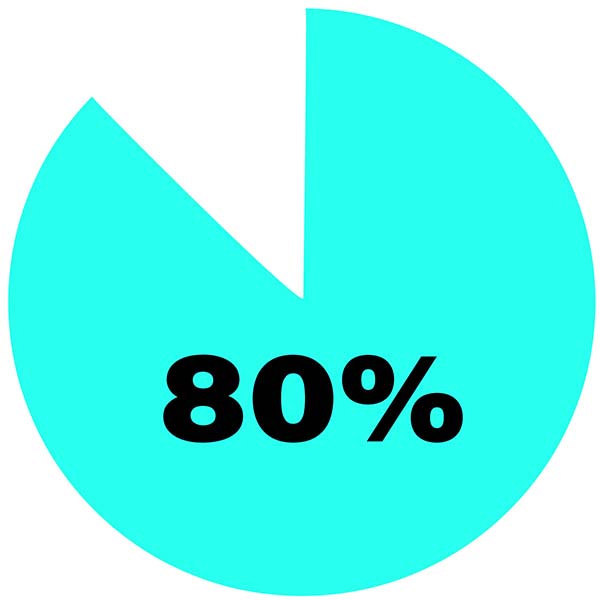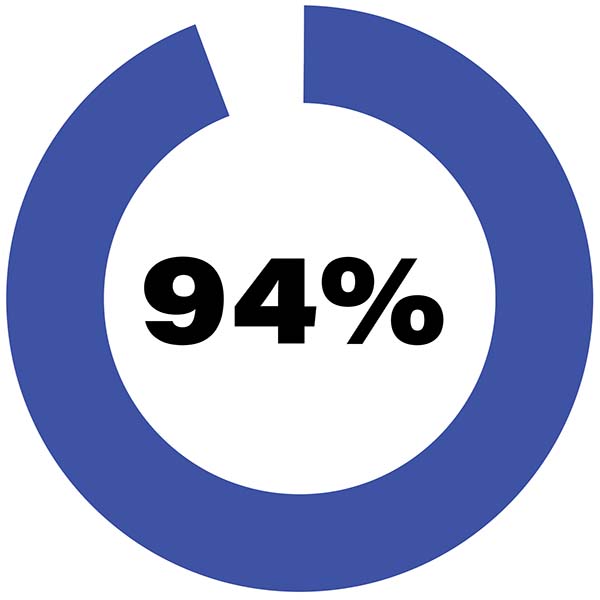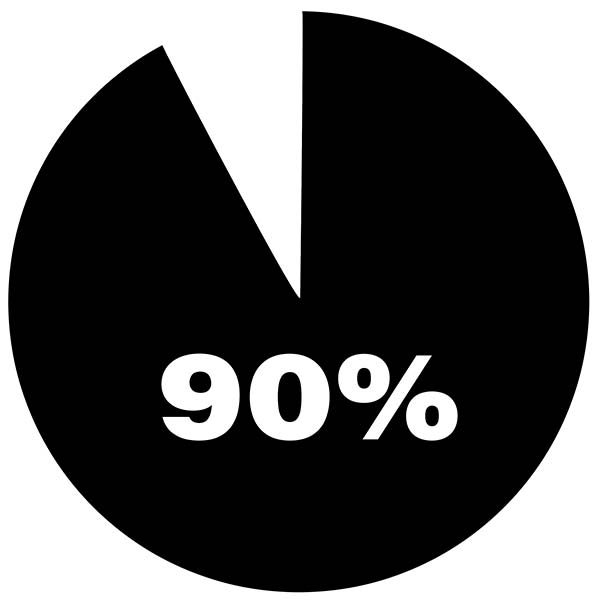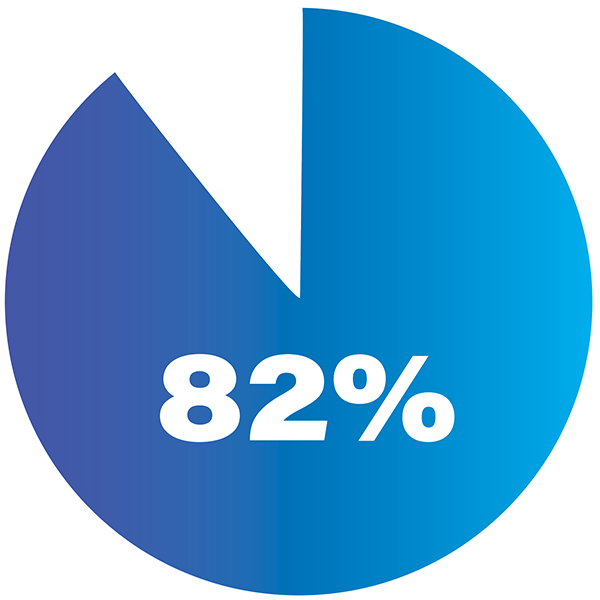Confucius once wrote, “I hear and I forget. I see and I remember. I do and I understand.”
Experience has proven time and time again to be the best teacher. What if, in addition to the cool hoodie and coffee cup, you immersed your new employees in the most memorable new-hire training your company has to offer? What if you engaged them from the get-go?
Introduce Immersive Learning in VR for a more engaging experience
Virtual Reality (VR) gives new hires a chance to interact with their future work environment, and at the same time, experience an innovative and engaging way to learn.
Immersive Learning in VR is an effective onboarding solution that simulates real-world scenarios and trains employees in a safe and engaging job training environment. It combines the sense of presence of VR with advanced learning theory, data science, and spatial design to improve effectiveness and user engagement.
How do people feel about new-hire training in VR? Learner surveys show that the positive sentiment has been overwhelming, with 80% of respondents indicating that VR training was more engaging and enjoyable than non-VR training, and 90% believing VR was an effective way to learn.
While engagement is critical for many organizations, new-hire training must also contribute to highly effective skills development.

Accelerating skill-building through hands-on practice
Going through a new-hire training module in VR is not just fun and different: people are actually learning faster and more effectively.
New hires can get hands-on practice with new health and safety protocols. They can hone their communication skills. If they work in a warehouse, they can quickly learn how to safely pick and pack boxes. We’ve seen that companies that focus on skills that contribute to health and safety, operational efficiency, customer service, and soft skills are most effectively trained during onboarding.
One of the best examples comes from a national grocery chain that used VR training to help new distribution center employees practice in their role as an order selector.
This meant placing them in the real job environment to see, hear, and feel the bustle of a live distribution center while they learned baseline skills. Then they were sent out to shadow high performers, who could teach them how to be most efficient, and show them the little tricks you learn from senior mentors.
Typical onboarding to full proficiency took about 10 to 12 weeks and, naturally, didn’t start until the employee showed up for the first day of work. With the introduction of VR training, learners built skills in their unique “pick method” and became proficient and productive in five to eight weeks. This decrease in ramp time was coupled with a 19% increase in productivity in that same month. The productivity increase was a result of new hires with better skills, plus a reduction in unproductive time for the “master” selectors who were assigned to train new folks.
It’s important to note that VR training does not replace the entire employee onboarding process. Instead, we think about how we can use VR to give a learner an experience where an in-person job training would cause disruption to business, present a significant cost to your organization, or create a safety risk.
I can’t wait to tell my grandkids what I did at work today.
Logistics employee
The new onboarding is quick and effective
Because VR entails hands-on practice, it offers a quicker path to new skills. In fact, we’ve seen time reductions of up to 96% for enterprise organizations that use VR to train on new skills, including interpersonal skills like empathy and de-escalation.
Why does VR reduce training times?
- Learning by doing increases employee understanding and retention.
- Realistic practice in VR leads to real-world behavioral changes because learners are empowered to make decisions that are consequential to their training performance.
- Real-time feedback, in turn, accelerates proficiency.
- Complete immersion increases preparedness and confidence.
The key is that learners are being immersed in the exact space where new skills will need to be employed. This sense of presence makes learners feel they’ve been there before they step onto the job. It also reduces the time needed to learn and practice new skills. Research has shown that our brains treat VR experiences much like they would treat real life, so the learning that happens in VR translates much faster and more effectively into real life.

Demonstrating and building culture at scale
Sprouts Farmers Market turned a new-hire training challenge created by the COVID-19 pandemic into an opportunity. The nationwide grocery chain needed to hire thousands of team members quickly and safely, but they couldn’t use the typical cluster training that had previously defined its onboarding. The company needed a solution that would create the same experience with Sprouts culture and values that feed into every element of its customer experience strategy. Especially during this difficult time, Sprouts needed to aid its team to have meaningful interactions with customers at stores. Sprouts saw a VR platform as a tool to make this happen.
Sprouts rolled out the new- hire training program to 340 stores across the United States. In the VR headset, learners are guided around a virtual store, simulating common interactions between team members and customers while highlighting each core value. VR learners were 16 times more likely to remember Sprouts’ six company values compared to non-VR learners. By experiencing these values in action through total immersion with simulated customers and colleagues, new hires had a better understanding of what good demeanor and customer service looked like.
We’ve also found that using VR during new-hire training helps create a different kind of culture: a culture of learning. It is more than just a medium to illustrate skills and values during the onboarding phase. It says something about your organization’s dedication to the employee. It shows employees that their company cares about them, wants to encourage learning, and is willing to invest in their professional growth.

Onboard immersively anywhere, anytime
With VR, new-hire training can occur anywhere. Sometimes due to safety and compliance reasons, as well as time and opportunity cost, it is not practical to conduct training on location. But VR enables learners to put on a headset and be transported to the warehouse, office, or store floor without having to close down operations or train during off-hours. Simply sending new hires a headset along with their welcome packet, uniform, computer, swag, or other onboarding materials allows them to learn before they step on the job.

VR’s bright future as a new-hire training tool
As you can see, immersive onboarding is far more engaging, and is building real skills, speeding up training, demonstrating your cultural values, and enabling remote learning. We expect that VR will continue to be an effective means to optimize the onboarding process during the Great Rehiring that is underway across many industries.

I believe a reinvention is taking place. The corporate universities of the last decade were replaced with digital learning academies of the last five years, soon to be replaced with learning in the flow of work, skills-based capability academies, and a new Metaverse of learning experiences. Companies are already delivering proven VR and AR solutions that drive more value than we ever thought possible.
JOSH BERSIN,
Global human resources analyst and Dean of Josh Bersin Academy
* Statistics from customer case studies
